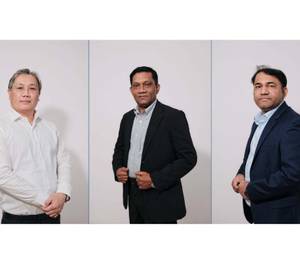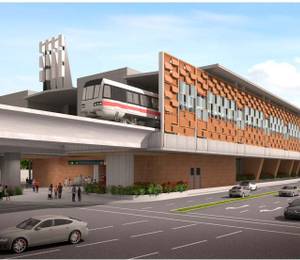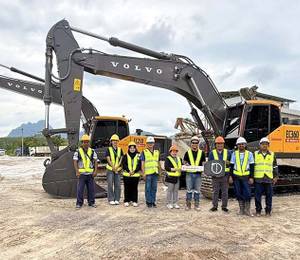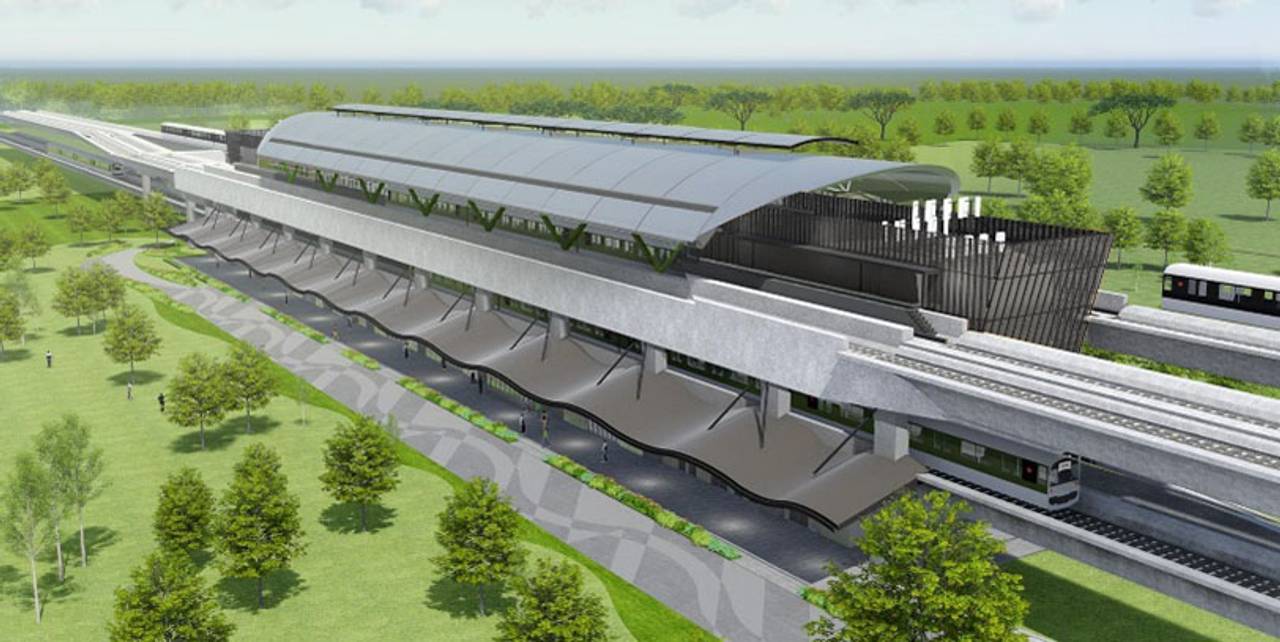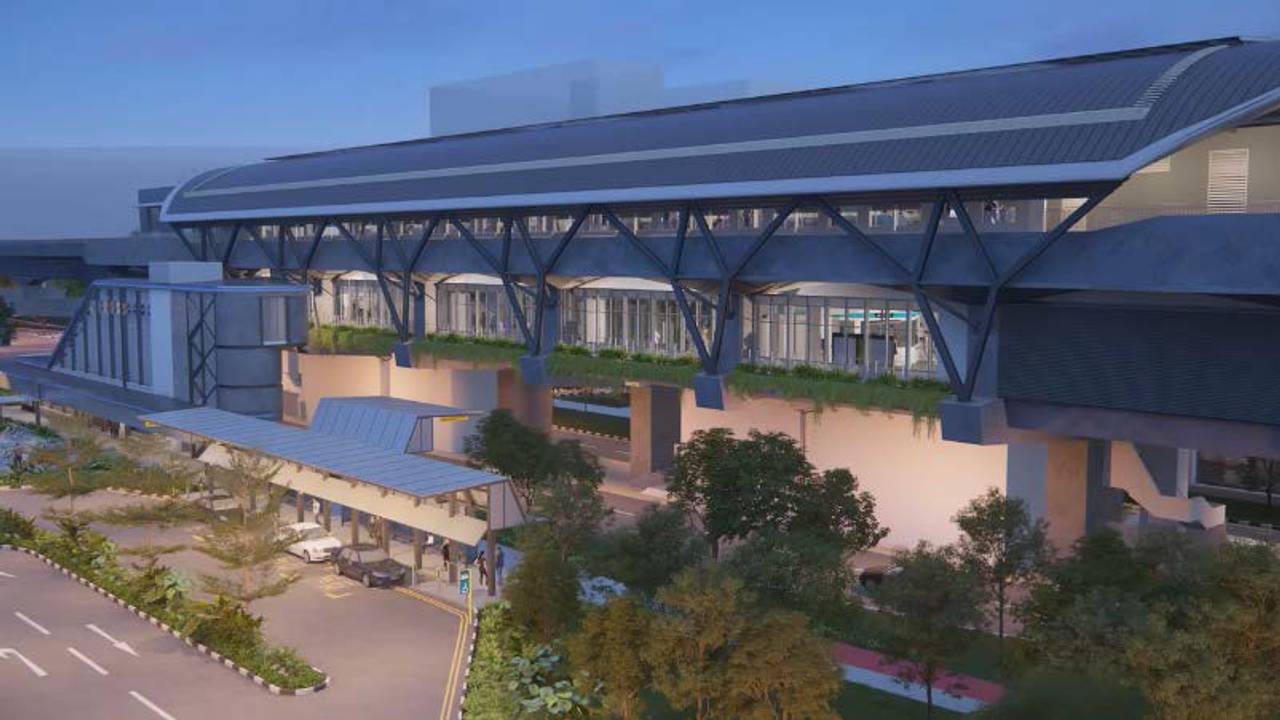The Land Transport Authority (LTA) has commenced the construction of Singapore’s seventh MRT line, the Jurong Region Line (JRL), with a groundbreaking and viaduct launching ceremony today (13 Jan).
The JRL, a 24-km-long elevated MRT line with 24 stations including three interchange stations at Boon Lay, Choa Chu Kang and Jurong East, is scheduled to open in three stages from 2027 to 2029. This new rail network is expected to significantly improve connectivity in the western part of Singapore and support developments in the Jurong area.
The JRL is expected to add more than 60,000 additional households within a 10-minute walk from a train station. It will connect residential areas including Gek Poh and Pandan Gardens to key activity nodes in Jurong that currently do not have direct links to the MRT network, such as the Jurong Industrial Estate, Jurong Innovation District and Nanyang Technological University (NTU).
The line will also support the development of the Jurong Lake District, which is set to be the largest commercial hub outside the central business district. The JRL’s ridership is expected to reach 200,000 daily in the initial years and rise to more than 500,000 a day when the Jurong Innovation District, Tengah Town and Jurong Lake District are fully developed.
Challenging works
Constructing the JRL through a mature and densely developed corridor is challenging, as works are carried out along an alignment with curves and limited space over busy roads, major expressways and canals, explained LTA. Slightly narrower and shorter carriages will enable the train to negotiate and manoeuvre through these curves at built-up areas along the JRL track.
As the JRL is designed to navigate through existing developments, minimising noise disturbance is a key design consideration. Thus, permanent noise barriers will be installed along viaducts that are near residential areas.
LTA said it has undertaken extensive planning and rolled out a number of mitigating measures to minimise disruptions to traffic and the environment. Traffic diversions along Choa Chu Kang Avenue 3, Jurong East Central and Jurong West Avenue 4 have been successfully implemented to allow for the construction of stations and viaduct structures.
Furthermore, all JRL stations will be fitted with photovoltaic (PV) solar panels, generating renewable energy for station operations, added LTA. The PVs will help reduce carbon footprint of JRL operations by providing a constant source of power with little to no greenhouse gas emissions. The JRL stations are also designed to allow crossflow natural ventilation to reduce mechanical energy usage from fans and air-conditioning.
All images: LTA

